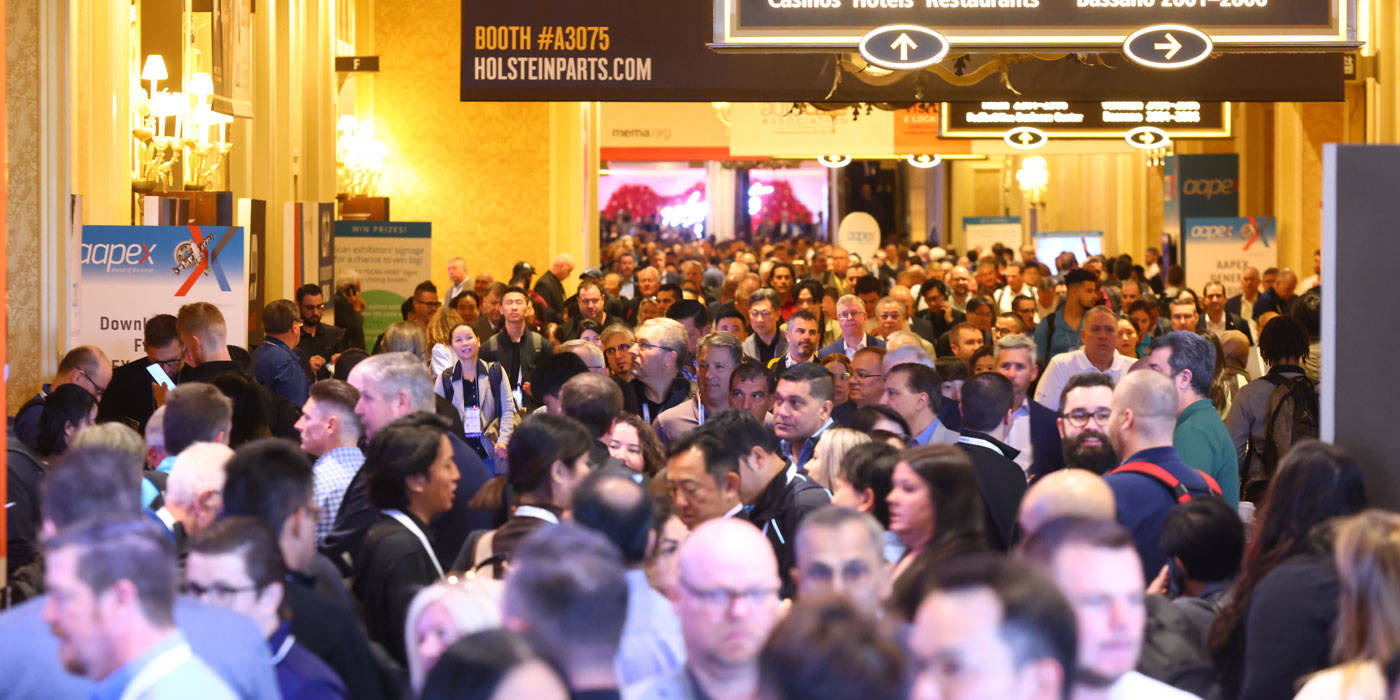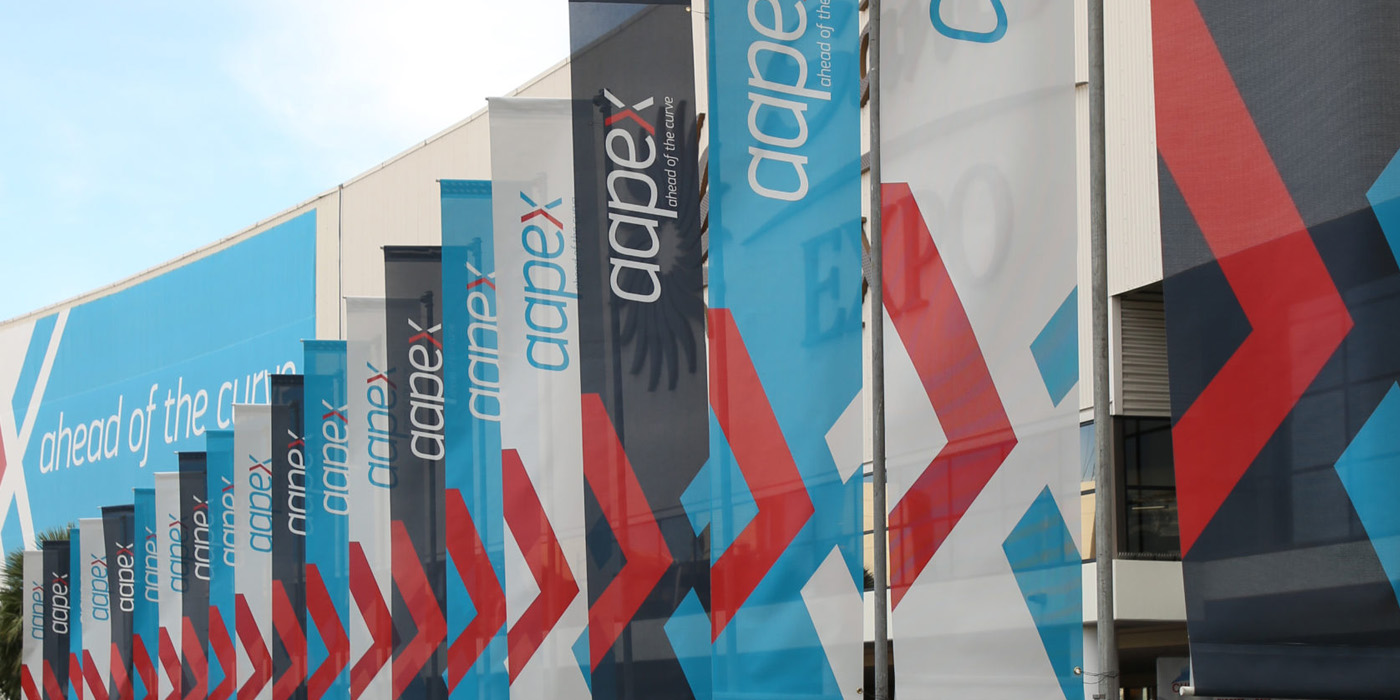The Automotive Aftermarket Suppliers Association (AASA) and the Auto Care Association, in their “2020 Joint Channel Forecast Model,” are projecting that total sales in the U.S. automotive aftermarket will fall 8.8% in 2020 due to the impact of the COVID-19 pandemic. For a sector that’s been a model of consistent growth over the years – one that’s rightfully earned its reputation as a “recession-proof” industry – it’s a rarity to see that kind of year-over-year decline. But considering how bleak things looked in March and April, it could’ve been a lot worse.
While the pandemic brought vast swaths of the economy to a screeching halt for several weeks in the second quarter, business in the aftermarket has been rebounding ever since. By the third quarter, parts suppliers were seeing “volumes equal to or greater than 2019,” according to Bill Long, president and CEO of the Motor & Equipment Manufacturers Association (MEMA).
In terms of innovation and new-product introductions, Long asserts that “the aftermarket really hasn’t missed a beat” this year. For confirmation, look no further than the Virtual AAPEX Experience’s Product Showcase.
“I can tell you that the showcase was as overflowing this year as it has been at every previous AAPEX that I’ve ever attended,” Long added.
For years, AAPEX has been the Super Bowl of auto parts. With an international cohort of aftermarket buyers and trade journalists on hand for the big show in Las Vegas, the industry’s top manufacturers unveil their latest and greatest product innovations at glitzy press conferences and splashy receptions to generate maximum buzz.
While the pandemic put the parties and press conferences on pause this year, the product pipeline looks as robust as ever. And demand is expected to snap back next year. AASA (the light-vehicle aftermarket division of MEMA) and the Auto Care Association are forecasting that light-duty aftermarket sales will grow from $281 billion in 2020 to $314 billion in 2021, based on an analysis by IHS Markit.
“Suppliers haven’t missed a beat on new-product introductions, and are quite prepared for 2021,” Long said.
In early November, Delphi Technologies Aftermarket, now a brand of BorgWarner, detailed its ongoing product-line ramp-ups in a number of parts categories. The most aggressive portfolio build-out has been in its chassis program, where Delphi more than doubled its product offering in 2019, added 1,500 SKUs this year and plans to add another 1,500 SKUs in 2021. The chassis program includes control arms, tie rods, tie-rod ends, sway-bar links, ball joints, idler arms and bushings. In its fuel-handling lineup – where Delphi maintains full-line coverage – the company plans to add 300 SKUs in 2021.
Continental was another manufacturer that made a slew of product announcements during the week of the Virtual AAPEX Experience. The company introduced two new TPMS tools, and said it has expanded its lineup of ATE disc-brake rotors with 25 new SKUs for European makes. In its VDO portfolio, the company unveiled its new VDO IZI wireless speakers, designed for automotive, heavy-duty, off-highway, marine and powersports vehicles and equipment. Users can pair the wireless speakers with any Bluetooth device to stream music, and they can make hands-free calls via the integrated microphone and charge their mobile devices with the built-in USB port.
ADVICS has been aggressively building out its braking portfolio for the North American aftermarket, and showcased its expanded coverage at the Virtual AAPEX Experience. ADVICS, part of the AISIN Group, recently added 62 ultra-premium brake-pad SKUs for Japanese and Korean vehicles, and is doubling its ultra-premium brake-rotor coverage with the addition of 130 SKUs.
“In addition to adding coverage for vehicles that were not already in our portfolio, we are also expanding our current offering by matching front pads with rears,” said Gil Pulliam, senior manager of the aftermarket department for ADVICS. “This product-line expansion demonstrates our continued commitment to technology and developing products for the entire brake system.”
Growth Opportunities
Several major trends are driving much of the innovation and growth in the parts sector: autonomous driving, connectivity, electrification and shared mobility (some in the industry use the acronym “ACES” to consolidate these trends); and advanced driver-assistance systems (ADAS). A recent AASA study concluded that nearly 40% of the expected growth in new-product volume over the next decade will come from parts that aren’t even on vehicles yet.
And in many cases, it’s aftermarket companies – not the automakers – that are developing the technologies and solutions needed to support these trends, Long noted.
“Our members – aftermarket-parts manufacturers – often are the ones that designed and engineered the OE part as well,” Long explained. “So the intellectual property, if you will – the testing, R&D and engineering capabilities – reside within the capabilities of our members.”
Just as suppliers adapted to electronic ignition, OBD II and other technology shifts that seemingly “sealed the hood” for the aftermarket (as Long put it), parts manufacturers are finding opportunities in the shift to ACES and ADAS. Century-old Standard Motor Products, for example, recently ramped up coverage of its ADAS line with the addition of 40 new park-assist cameras covering 23 million vehicles in operation. The company also added more than 44 sensors. Meanwhile, Continental introduced a new line of hybrid inverter coolant pumps, and Delphi launched a new portfolio of power electronics that includes electric-vehicle charging-cord sets and a traction power inverter module for the Chevrolet Volt.
These trends – electrification in particular – are driving M&A activity in the aftermarket. On the eve of the Virtual AAPEX Experience, Dana Incorporated announced an agreement to acquire part of Modine Manufacturing Co.’s automotive thermal-management business, noting that Modine’s temperature-control technology will help Dana accelerate its electrification strategy. Likewise, BorgWarner has said its acquisition of Delphi Technologies will create “a leader in electrified propulsion systems.”
The pandemic has spawned a few of its own trends that have been tailwinds for the aftermarket. Most notably, the pandemic has proven that “there’s no safer place for social distancing than sitting in your automobile,” Long said, as many consumers have shunned air travel and mass transit for the protection of their personal vehicles. And while some people might be driving fewer miles because of the pandemic, others are driving a lot more. Thanks to the ship-to-home boom, last-mile delivery is exploding. And the bounceback in over-the-road trucking volume since the early days of the pandemic “has just been dramatic,” according to Long.
“And that means [parts] failures, replacements and maintenance, which has been good for our industry,” he added.
Factor in the fundamental macroeconomic tailwinds that already were in place – the aging car parc and the percentage of VIO entering the aftermarket’s “sweet spot,” for example – and Long declares: “We’re pretty bullish on the future of the aftermarket.”
Paul McCarthy, president and COO of AASA, struck a similar chord when announcing the 2020 Joint Channel Forecast Model.
“Despite a year of immense challenges and uncertainty, the foundation of our industry’s key drivers remains strong,” McCarthy said. “Miles driven continue to rise as global economies reopen, new technologies continue to emerge and the desire to be with friends and family will propel further car usage. We are still facing a lot of challenges, but this forecast confirms the essential attractiveness of the aftermarket. The aftermarket supplier community is continuing to work hard to try and support our customers and our essential industry, which, despite the crisis, remains a vibrant contributor to our economy.”













